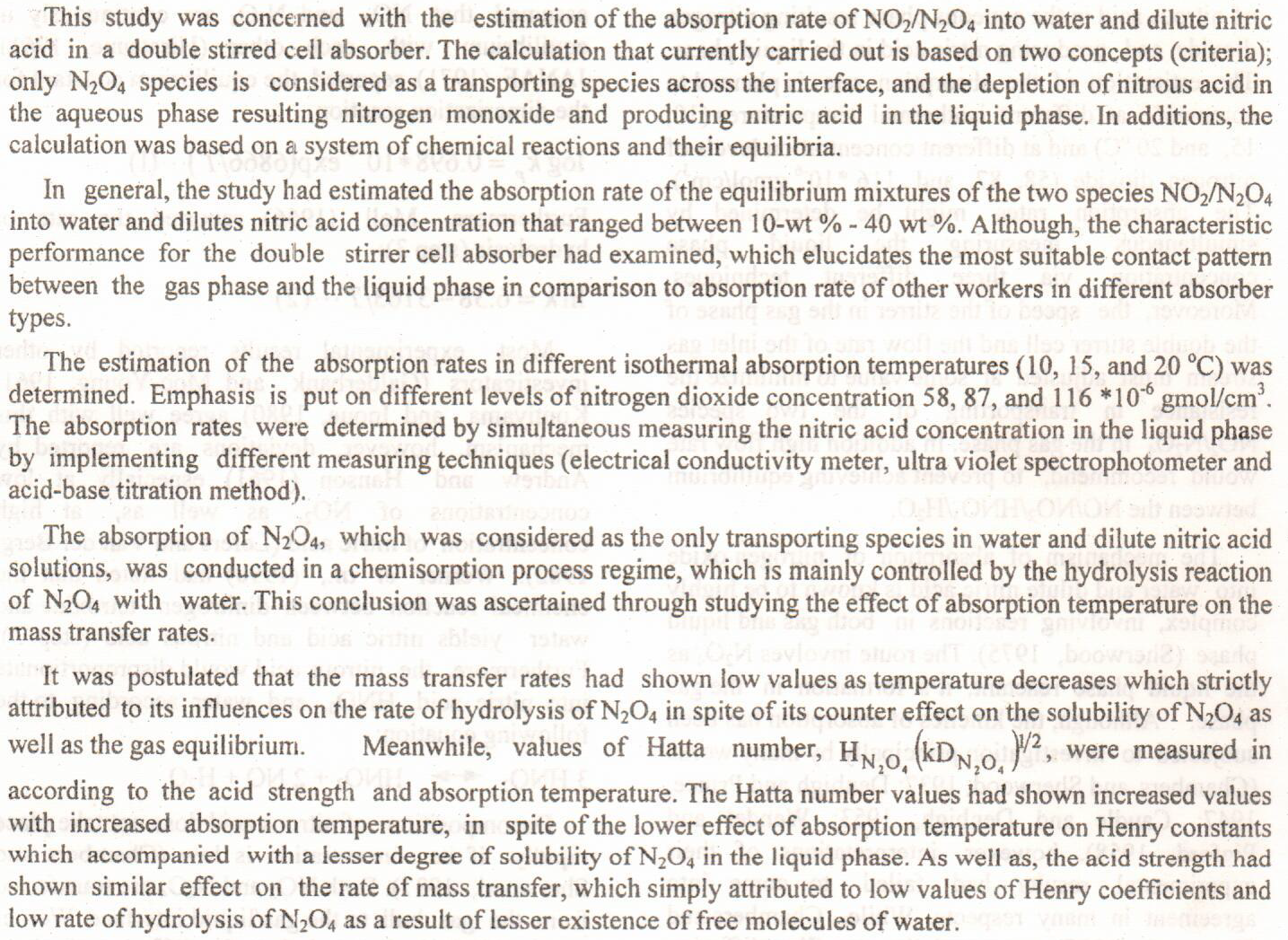
Purpose: Studying the activity of acid phosphatase, which is the marker of lysosomal activity in the mammary glands of rats at different stages of the physiological maturation [virgih, pregnancy, lactation and Post lactation] Methods: Forty, female, albino rats were used in this study. They were divided into four groups according to their physiological states [virgin, pregnancy, lactation and post lactation]. The mammary glands, after suitable fixation and sectioning, were employed for routine haematoxylin and eosin stain and for acid phosphatase demonstration Results: Acid phosphatase activity was weakly diffuse in the secretory tubules of virgin rats, the diffuse and granular activity of this enzyme was increased during pregnancy in the s
... Show More (36)
(36)
This research aims to harmonize contemporary and traditional clothes, also expenses and savings. It is done by recycling evening clothes into Clothes with traditional features. The study followed descriptive explanatory approach. The sample consisted of seven dresses, as well as 208 female participants from Makkah Al-Mukarramah province, the age range was between 21 and 65 years old. An electronic questionnaire was distributed and the stability and reliability of the internal consistency were measured.
The research resulted in the ability to recycle evening dresses into modern clothes with traditional characteristics. It also confirmed that the reason of wearing traditional clothes is spirituality of the month of Ramadan. Addi
 (1)
(1)
 (1)
(1)
Field experiment was conducted to test the effect of saline water 2 and7 dSm-1 potassium fertilizer rate 150,300 and 450 kg/donum on nitrogen fixation in Pisum sativum L. nodules. The experiment included anatomy study .Results water salinity ( 2,7 dSm-1) as a main plot and fertilizer rates as a sub plot. Results indicated that irrigation with saline water 7 dSm-¹ caused a significant decrease in N contents especially in the lower parts of the plants. The percentage of the N decreased in lower leaves to (0.01%) under 7dSm-¹ and 300 kg/donum fertilizer; however the percentage increased in the upper leaves to (2.80%) under with 2dSm-¹of irrigation water and 300 kg/ donum fertilizer rate. Fresh weight decreased to 6.26g under 7 dSm
... Show More (36)
(36)
 (29)
(29)
The seed propagation is the predominant method of Echinacea propagation, which has been criticized for its time-consuming control over the separation factor and the uncertainty of pathogen-free plants produced by this method. The technology of tissue culture has provided multiple opportunities for the production of secondary metabolites continuously without being restricted to a specific season, due to the possibility of controlling the environmental conditions and the components of the nutrient medium needed by the plant. This study was conducted to investigate the effects of salicylic acid as elicitor and tyrosine as precursor on propagation and some secondary compounds production in coneflower in vitro. The result showed the superiori
... Show More (3)
(3)
 (2)
(2)
In this work, a local sunflower husk (SFH) was used as a natural surface for removing Basic Green-4 (BG4) dye, as a watersoluble pollutant. The effect of initial concentration, contact time, the mass of surface of the dye with the SFH as well as the medium temperature was studied. The application of Langmuir, Freundlich isotherms on the collected data of the adsorption process found to harmonize to Freundlich equation more than that of Langmuir. However, the adsorbed mass of BG4 dye showed a direct increase with the increase of SFH mass and equilibrium was achieved within a 60min window. The interaction of BG4 with SFH surface was spontaneous and exothermic. The empirical kinetic outcomes at ambient temperatures were applied to pseudo 1st a
... Show MoreThe study involved the effectiveness of Iraqi attapulgite (IQATP) clay as an environmentally friendly material that easily adsorbs brilliant green (BG) dye from water systems and is identified by various complementary methods (e.g., FTIR, SEM‐EDS, XRD, ICP‐OES, pHpzc, and BET), where the result reported that the IQATP specific surface area is 29.15 m2/g. A systematic analysis was selected to evaluate the impact of different effective adsorption performance variables on BG dye decontamination. These variables included IQATP dosage (0.02–0.8 g/L), solution pH (3.05–8.15), contact time (ranging from 2 to 25 min), and initial BG dye concentration from 20 to 80 mg/L. The parameter
... Show More